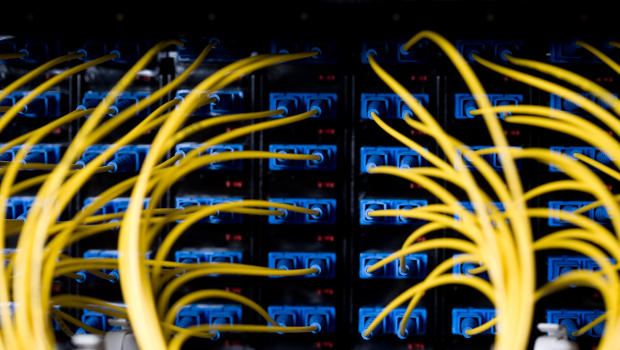Software-defined wide area network (SD-WAN) technology is sweeping across the industry, growing from an emerging technology in 2017 to become mainstream in 2018.
Research firm IDC predicts SD-WAN revenues will hit $2.3 billion (€1.94 billion) in 2018, growing 69% on a compound annual growth rate to reach more than $8 billion (€6.75 billion) by 2021.
“2017 saw a lot of early adopters of SD-WAN that were limited to maybe two or three sites,” says IDC networking analyst Brad Casemore. “Now, rollouts are getting a lot bigger; we’re starting to see hockey-stick inflection point.”
And experts say as SD-WAN deployments become ubiquitous for organisations with branch and remote offices, more big changes will accompany it.
“We’re moving from SD-WAN 1.0 to a 2.0 phase,” said Lee Doyle, Doyle Research. SD-WAN 1.0 was all about hybrid WAN; aggregating MPLS and Internet connections to reduce bandwidth costs and increase performance. “SD-WAN 2.0 is all about multi-tenancy, improving the management and monitoring and better security.” Doyle says SD-WAN 2.0 moves beyond just the WAN toward an entire software-defined branch.
SD-Branch
Doyle says WAN virtualisation technology will soon mean organisations do not need branch router infrastructure. IP/VPN, firewalls and Internet connections will be aggregated into software, reducing, if not replacing, the need for hardware in the branch office.
“SD-WAN vendors are rapidly adding capabilities into the software,” said Doyle.
One of the biggest trends to watch for in 2018 will be further integration of security services in SD-WAN environments, says Casemore. ZScaler and Websense are software-based security platforms that have both partnered with SD-WAN vendors including Viptela, VeloCloud, Riverbed and Talari, among others.
SD-WAN has seen the most pickup in enterprises with a lot of locations, such as banks and retail businesses. Capital One, one of the 10 largest US banks, has more than 700 branch offices, each of which need a reliable Internet connection. The bank has transitioned in recent years to offer non-traditional banking centres in the form of cafés that encourage customers to browse the Internet while doing their banking. “Now, if our Wi-Fi is down, then the customer can’t bank with us,” says Jason Abfalter, director of technology for Capital One’s retail and direct banking division. “The network needs to be always-up and secure.”
This use case led Capital One to begin a massive SD-WAN deployment across the company’s network. Capital One is able to segregate a reliable, multi-band Wi-Fi connection for customers from the secure traffic conducting back-end official banking duties. Abfalter says as the deployments ramp up in 2018, he’s looking to further integrate security tools like URL filtering and firewall capabilities into the SD-WAN software.
Mobile back-up in SD-WAN
Incorporating mobile connectivity as a back-up in SD-WAN is expected to be another major advancement in the market in 2018, Doyle says. Large corporations already have data plans from a cellular provider, and in some cases they’re able to pool data across the organisation and use cellular connection as a backup to broadband connections in a fail-over situation. All this can be managed by SD-WAN software deployed in the branch. Doyle says as prices for LTE and 4G continue to drop, this option will become an expanded use case.
IDG News Service







Subscribers 0
Fans 0
Followers 0
Followers